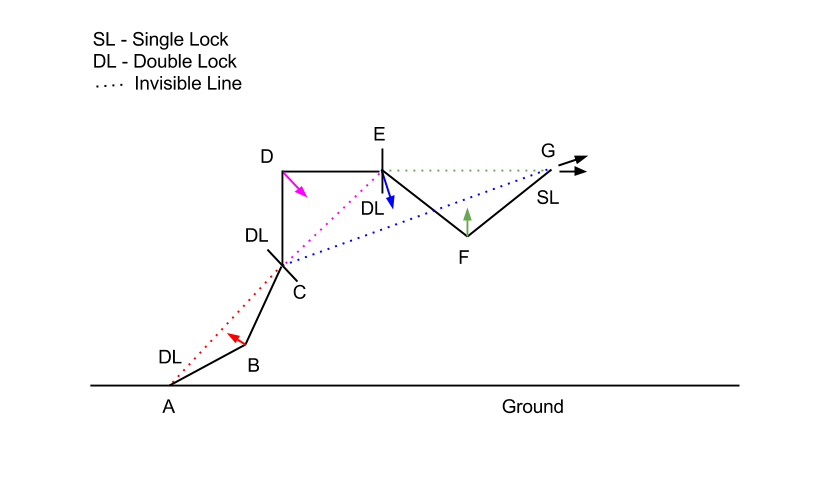After hearing Chen Xu and Ling Zili finished 170 yilus in a single day on June 29, 2014, I was inspired to challenge myself to do 50 yilus in a day myself the next day. I completed the challenged with 52 yilus. This is my personal best at this time.
I lost 2 pounds after the challenge, and my kua was aching, The muscles behind my right leg were quite tight, but I had always had tighter muscles there compared to the left leg. Of course, I felt tired, but actually not too bad. My time:
07:50 - 8:45: 7 yilus (55 mins) - 7 mins 51 secs per yilu
Breakfast
10:10 - 12:46: 18 yilus (2 hours 36 mins) - 8 mins 40 secs per yilu
Lunch
13:37 - 15:48: 15 yilus (2 hours 11 mins) - 8 mins 44 secs per yilu
Break
16:15 - 17:45: 10 yilus (1 hour 30 mins) - 9 mins per yilu
Dinner
19:30 - 19:45: 2 yilus (15 mins) - 7 mins 30 mins per yilu
Chen Xu and Ling Zili's time:
06:30 - 11:50 80 yilus (5 hours 20 mins) - 4 mins per yilu
Lunch
12:30 - 18:30: 70 yilus (6 hours) - 5 mins 9 secs per yilu
Dinner
19:50 - 21:30: 20 yilus (1 hours 40 mins) - 5 mins per yilu
These are very, very fast yilus.
In the Chinese QQ group, Master Chen Zhonghua gave some history about the 100-yilu-in-a-single-day challenge in Practical Method:
When Master Chen Zhonghua went back to China in 1991 to visit Grandmaster Hong Junsheng, one day, he and his senior taiji brother Yi Wei (以为) discussed with Grandmaster Hong Junsheng about how many times of yilus should be practiced. Grandmaster Hong Junsheng asked Master Chen Zhonghua how many he practiced, Master Chen Zhonghua replied with 7 yilus. Grandmaster Hong Junsheng said 7 was too few. The senior taiji brother asked Grandmaster Hong Junsheng how many he was practicing before. Grandmaster Hong Junsheng said not fewer than 20 when he was still a student, and it was also the same with Grandmaster Chen Fake. When the senior taiji brother asked how many one should practice per day, Grandmaster Hong Junsheng didn't answer directly, and but said the key was perseverance. He then said that he heard Grandmaster Chen Fake used to practice 100 yilus a day, and asked if that was real. Grandmaster Hong Junsheng again didn't answer directly, but asked the senior taiji brother and Master Chen Zhonghua why they didn't give it a try. Not sure if the senior taiji brother even tried it, Master Chen Zhonghua didn't try it until 10 years later in 2001, which was the year when Master Chen Zhonghua resigned from his day job, and started teaching taiji professionally. Since then, he started asking his full time students in the last month of a 3-month training program to challenge themselves to do 100 yilus in a single day. From 2001 to 2005, he took the challenge with his students every time. Note that Practical Method did not require students to do a certain number of yilus per day. When the students passed the mark of 100 yilus in a day, there was a lot of negative comments about it. Others assumed it was about asking students to do 100 yilus every day, and would simply say that it would be bad for the students. The following are the people who have made it so far:
Carl Lindberg - 103 yilus
John Dahms: 103 yilus
Todd Elihu:104 yilus
Dave Dahms: 114 yilus
Steve Chan - 124 yilus (and he has gone over 100 multiple times)
Brennan Toh - 150 yilus
Chen Xu - 170 yilus
Ling Zili - 170 yilus




